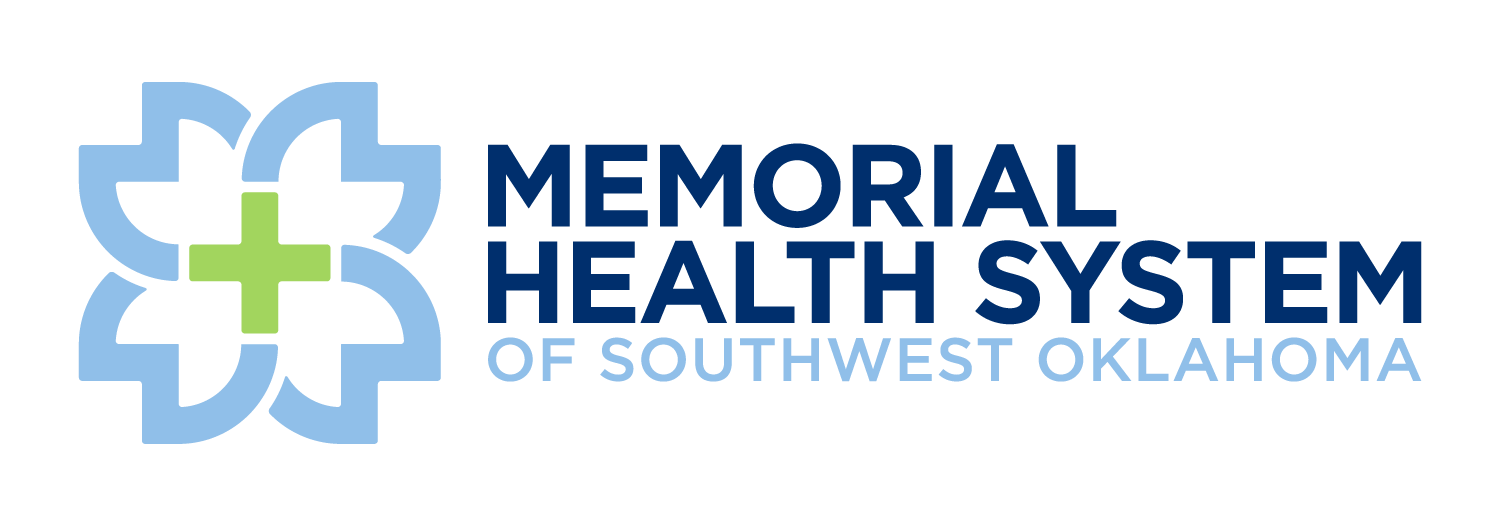If asked what the leading vascular diagnosis was, most people would know heart attack and stroke. However, the third leading cause of danger to your heart is no small matter either. In fact, each year, between 300,000 and 600,000 Americans receive a diagnosis of venous thromboembolism (VTE). 1
VTE has two types: pulmonary embolism (PE) and deep vein thrombosis (DVT). Deep vein thrombosis is a clot deep in the vein. When a DVT clot breaks away from a vein wall, travels to the lungs, and then blocks some or all of the blood supply, a pulmonary embolism occurs.
Pulmonary embolism occurs when the DVT clot breaks away, travels to the lungs and blocks part or all of the blood supply.
Symptoms of venous thromboembolism
Symptoms of deep vein thrombosis often include reddish or bluish skin discoloration, a leg that is warm to touch, leg tenderness or pain and swelling in one leg.
Pulmonary embolism symptoms are sudden shortness of breath, stabbing chest pain that gets worse with each breath, rapid heart rate, and an unexplained cough sometimes accompanied by bloody mucus.
The cause of venous thromboembolism
Venous thromboembolism may be caused by cancer, immobilization surgery, or hospitalization.
Deep vein thrombosis occurs when the flow of blood changes or slows. For women, using hormones like oral contraceptives or estrogen for menopause symptoms can also play a role. Pregnancy may also be a cause of VT.
Who is at risk for venous thromboembolism
Those at risk for clotting and developing VT include:
those who are overweight or obese
the elderly
patients of autoimmune disorders
patients that overproduce blood cells and have thickened blood
cancer patients
How to prevent venous thromboembolism
You can lower your risk of VT by staying active and losing weight if needed. Discuss concerns you may have with your doctor and take “blood thinners” if recommended. Follow self-care techniques prescribed by your doctor if you have conditions such as diabetes or heart failure. Also, consider the risk of taking certain medications such as hormones.
To learn more about our recent achievements in cardiac care, read about our Primary Heart Attack Center certification.
Source
1 American Heart Association. What is Venous Thromboembolism (VTE)? 2020.
Disclaimer
The Comanche County Memorial Hospital website does not provide specific medical advice for individual cases. Comanche County Memorial Hospital does not endorse any medical or professional services obtained through information provided on this site, articles on the site or any links on this site.
Use of the information obtained by the Comanche County Memorial Hospital website does not replace medical advice given by a qualified medical provider to meet the medical needs of our readers or others.
While content is frequently updated, medical information changes quickly. Information may be out of date, and/or contain inaccuracies or typographical errors. For questions or concerns, please contact us at contact@ccmhhealth.com.

